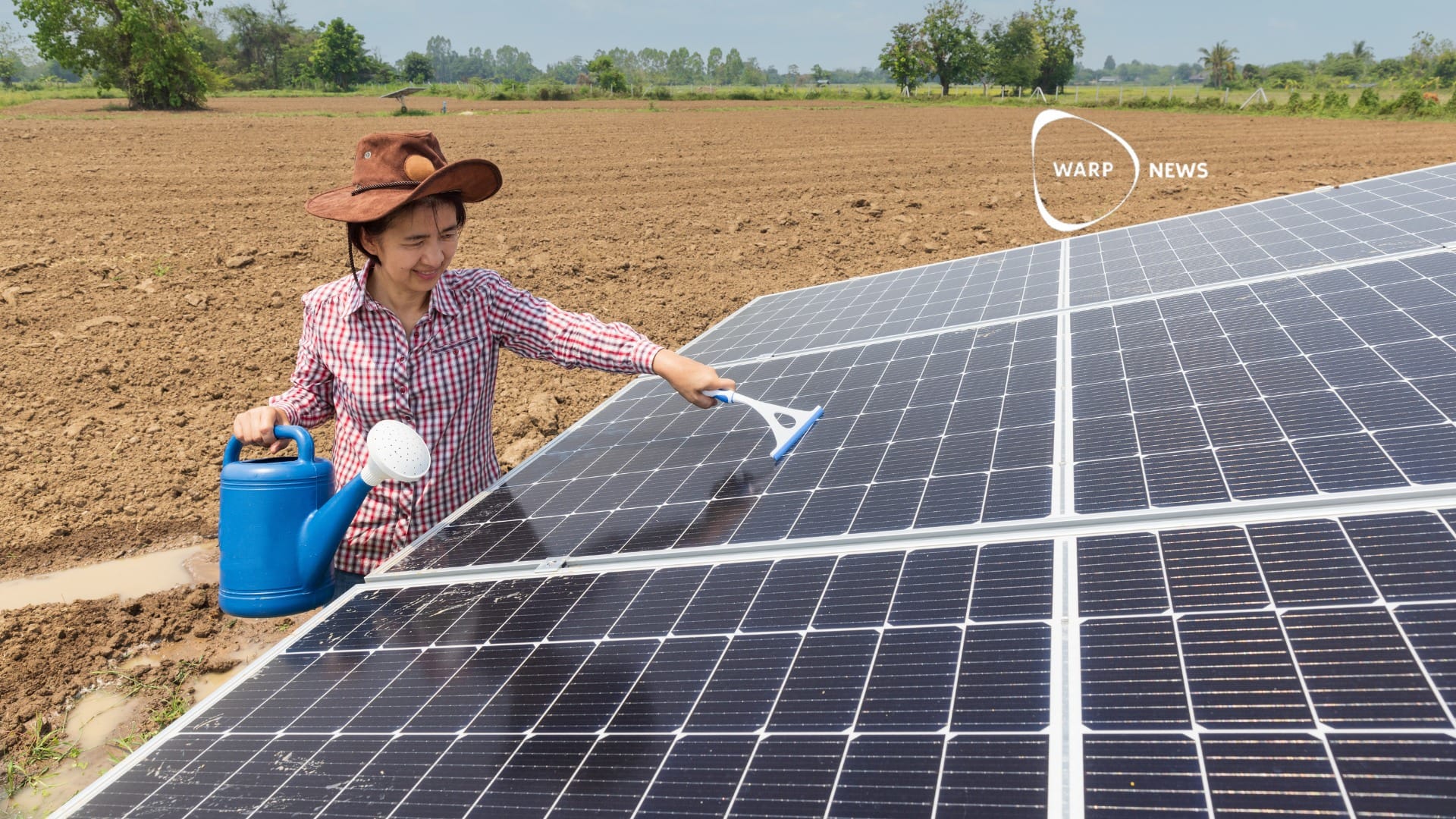
🏭 U.S. makes billion-dollar investment in carbon capture technology
Two large-scale facilities in Texas and Louisiana set to remove millions of tons of CO2 from the atmosphere annually.
Share this story!
- Two large-scale facilities in Texas and Louisiana set to remove millions of tons of CO2 from the atmosphere annually.
- $1.2 billion investment marks a significant step in backing direct air capture technology.
- Four DAC hubs planned in the next decade, with each facility aiming to remove at least 1 million tons of CO2 annually.
Pulling carbon dioxide out of the atmosphere
The U.S. Department of Energy (DOE) is committing $1.2 billion towards two facilities that will use direct air capture (DAC) technology to pull carbon dioxide out of the atmosphere.
These facilities, located in Texas and Louisiana, are just the beginning. The long-term plan includes creating four DAC hubs over the next decade, which will cumulatively aim to remove millions of tons of CO2 every year.
In addition to these hubs, the DOE is funding 19 more studies to explore the potential of future DAC plants.
The new facilities
The Texas facility will utilize technology from Carbon Engineering. This method harnesses solar energy to power fans that circulate air past liquids that absorb CO2. Once saturated, these liquids are heated to release pure CO2, which can either be used commercially or stored permanently underground.
The Louisiana facility will employ technology from Climeworks and Heirloom, capturing CO2 through solid materials, then releasing and storing it underground.
The cost and future of DAC
Current estimates suggest that DAC is a costly endeavor, hovering around $1000 per ton of CO2 removed. However, ambitious targets set by the DOE’s Carbon Shot program aim to bring this cost down to $100 per ton within the next decade.
But, like all innovative technologies, the initial investment is often the steepest. As with the evolution of renewable energy technology and other innovations, proponents believe that with scale and continued research, the costs will likely drop.
By becoming a premium supporter, you help in the creation and sharing of fact-based optimistic news all over the world.


